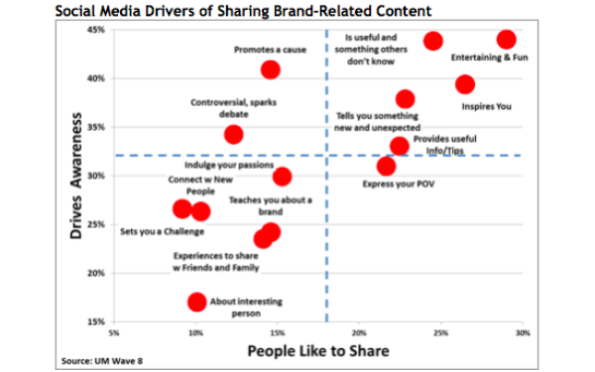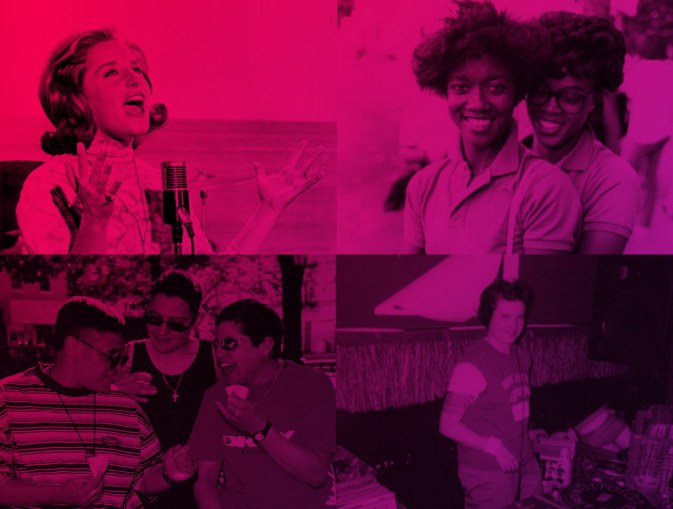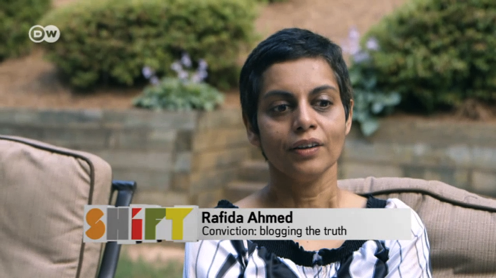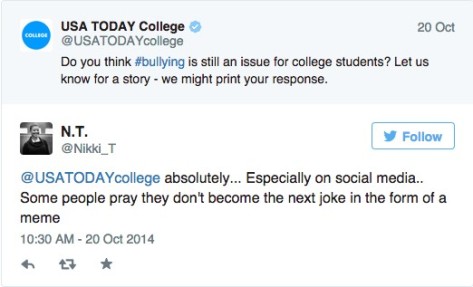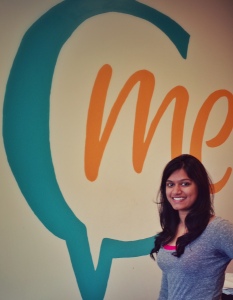How to Help a Friend with an Eating Disorder
The truth is that there is no single right or wrong way to talk to a friend who you believe may have an eating disorder. You just need to be prepared to be supportive and find the approach that works the best in their specific situation.
This is rarely an easy thing to do, and many people are hesitant to say anything for fear that they may have read the signs wrong or that if they say the wrong thing they might offend or alienate the person they’re trying to help.
It may be hard, but their health has to take priority over an uncomfortable situation.
There is also every chance that your friends know they have a disorder, and they’re struggling to find a way to break the cycle. Some of them may be desperate to talk about it with someone but don’t know how to approach the subject because of their own self-conscious thoughts.
And yes, it is always possible that they may respond to your attempts with anger or denial, but you can’t let that stop you either.
Eating disorders cause a lot of physical and emotional damage, so no matter how delicate the subject may seem, you shouldn’t let that stop you from voicing your legitimate concerns. Be honest and caring. Be a role model, and learn as much about the situation as you can so you will know the difference between the facts and the myths about weight, nutrition and eating disorders. Then you’ll be ready to give them the support they need.
Know the Warning Signs
It can be difficult to know for certain whether your friend really has an eating disorder or is just exhibiting some similar behaviors that are related to something else. You may tell yourself that they’re just hitting a diet really hard this month, or that they’re just acting a little extra self-conscious.
It can be even harder to spot the warning signs when your friend is doing everything possible to keep them hidden from everyone. Still, there are some thing you can look for that will help you know when your friend really needs your help and support. The most common warning signs include:
- Binging
- Purging
- Sudden and significant weight gain or loss
- Preoccupation with body weight
- Restricting food or making excuses to avoid eating
- Eating in secret
- Obsessed with calories, food, or nutrition
- Taking laxatives or diet pills
- Hoarding high calorie foods
- Going to the bathroom right after meals
- Obsessive exercising
- Avoiding situations that would require eating
You, your friends, and family can use this questionnaire to help decide if they have an eating disorder.
How to Approach the Subject
When you’re ready to approach the subject, remember this one thing: it’s about communication, not confrontation.
Don’t try and be the therapist, but don’t let your discomfort or fear of upsetting them prevent you from having the necessary conversations. Speak to them in private and explain your concerns. Be positive, calm, respectful, and firm.
If your friend becomes angry or defensive, you don’t want to get drawn into arguments and all the frustrations that includes. If they deny the problem, you don’t want to get into a “do not do so” circular argument.
You need to understand that you can’t ever force someone to change. They have to make their own decisions and you need to approach them as someone who will be there for them as they come to the realization that they need help.
Talking About It
When your friend is finally ready to talk, there are some definite things you should say and some things you should avoid saying. (And sometimes it’s not just what you say, but how you say it.)
- Avoid critical statements and make no accusations
- Discuss specific behaviors that worry you
- Focus on feelings and relationships, not food and behavior
- Share pleasant memories that are the basis for your concerns
- Do not say that your concerns come from how they look because that still puts the focus on body image
- Don’t try to trick or manipulate them into eating something
- Don’t imply they’re doing something wrong
- Don’t blame anyone: “If you’d just…” “Why can’t you see…” “You need to…” are all very accusatory sentences and can be more harmful than helpful
- Don’t try to make them bad or threaten them with personal consequences if they don’t change
When you express yourself, use “I” statements, such as: “I’m concerned about you.”
If they are willing to talk about their fears, don’t just deny it and try to convince them that they’re fine. Use this opportunity to look closer at their fears and what they think losing weight will change and why they think it will change.
Just remember that one of the most crucial parts of “talking about it” is, in fact, not talking at all. You need to take the time to listen to everything they say so you can really understand their concerns and fears. Even their excuses – listen to them, but don’t be manipulated by them.
Getting Help
You can offer help and support, but always encourage your friends to seek real eating disorder treatment. Until they’re willing to take that step, it’s unlikely they’ll be willing to make the change on their own.
More than that, the longer they go without help or treatment, the more problems an eating disorder can cause for the body, and the more difficult it will be to overcome it later. Urge them to see a professional who can make the proper diagnosis and find any medical problems that could be tied to the eating disorder.
There are no quick fixes here. One doesn’t just “get over it.” It’s going to take time, and that time may not be on your timetable, but stick with it and help them get through these difficult times.
For more information about Eating Disorders contact us today by clicking here.

